Habitat Norge deltar i disse dager på Habitat III i Quito (The United Nations Conference on Housing and Sustainable Urban Development). Konferansen foregår i perioden 17-20 oktober. Blant annet er vi med på et arrangement med tittelen “Who is aiding whom”. Arrangementet skjer i samarbeid med Slum Dwellers International, Huairo Commission og WIEGO. Les hovedinnlegget til Erik Berg, Styreformann i Habitat Norge under bildet.

17.10.2016. Networking event med Habitat Norge, Habitat III, Quito
THE URBAN DEVELOPMENT ASSISTANCE BASE – HOW TO PARTNER AND PROGRESS?
Madame Chair, friends and colleagues
Let me start with the following: A vast number of grassroot
organisations have with enthusiasm spent time and resources
preparing for Habitat III, contributing to the New Urban Agenda.
Now, the UN and its member states request their investment in the
follow up. Regarding urban poverty reduction, one Agenda
tenet is the old UN/World Bank principle of “helping the poor help
themselves”.
But, if the global grassroot movement is to contribute to the
implementation of NUA, combining the SDGs and the Climate goals,
there is need for new, additional financial resources, new funding
mechanisms, new effective partnerships based on innovative and more
appropriate models for cooperation. Regrettably, we see nothing of it.
The tabled NUA is not the agenda of the grassroot movement. It is
owned by the UN and its member states. Looking at its language, the
millions of grassroot members all over the world working against
marginalization are not mentioned by its proper name. They are
consistently referred to as “other relevant parties” or “local
communities”. Despite the fact that they more than any stakeholder
directly represent the poorest of the poor-the main target group for
development assistance.
Women, particularly female headed households, are the majority
among the poorest of the poor. In the informal economy they need to
help each other, to network and organize in order to survive. Another
“majority” is unemployed and underemployed urban youth. Only
Pentagon seem to understand what security risk they represent.
There are many actors and factors that can reduce poverty. One is
development assistance. Over the years an academic debate has raged
whether aid works. One response has been that it is more important to
find out why and when it works. Many learned studies give you the
answer: relatively, the efforts of people’s own organizing and
mobilizing bring the most significant long term, social and economic
improvements. Bottom up, participatory and ownership based
approaches are found more effective, efficient, relevant and
sustainable than top down, social delivery models.
Let’s look at some data. Although almost all the world’s population
growth this century is expected in cities of Africa, Asia and Latin
America, and most in low income areas, international development
assistance has been reluctant to recognize the urbanization of poverty.
From 1970 to 2000 all urban development assistance was estimated at
just 4% of the total. Few bilateral development agencies had any kind
of urban housing, or any serious urban program at all. Like bilateral
grants, also multilateral lending to urban areas was minimal and
missed the poor.
Twenty years later, the data we have confirm that urban development
is even losing priority for donors and that funding is declining. During
the last decade international donors such as the Netherlands, the US,
UK, Canada and even Sweden and Norway have been reducing urban
involvement. A result of Government decisions.
Analyzing assistance from Europe Aid and the European
Development Fund urban budgets combined for the period 2006-10
represented approximately 2 to 4% of the total. In monetary terms for
the period 2011 to 2015 European external cooperation funds for
urban development fell from a top 504 mill E in 2013 to a bottom
284,04 E in 2015. Low cost housing and slum upgrading is
from 2006 to 2015 among EU’s least prioritized sectors.
Let us take development assistance to women’s rights organisations.
In existing statistics this is the closest we get to grassroot movements.
They are basically all urban. A review of financial support of major
donor countries, conducted by “Gendernet”, a subsidiary body of
OECD Assistance Committee, found that funding to these
organisations fell by more than half over the past five years.
Just 0,5% ( USD 192 million) allocated in 2014 to promote gender
equality in poorer countries, was reported as going to women’s rights
organisations. The figure was down from 1,2% in 2011.
And important to note: while roughly USD 9,8 billion went to civil
society groups overall, most ended up with NGOs in donor countries
for onwards channelling. Only 8% of funds earmarked for civil
society went directly to groups in developing countries. A fraction of
this went to urban women’s groups.
Why are grassroot organisations almost entirely left out of
support from bi-lateral,multilateral donors and international funds?
Here are some factors:
-The majority of today’s urban funds are channelled through
international rather than national or regional agencies. This current
international development financing architecture restricts access for
local projects that safeguard the poor and the vulnerable. Analyzing
international climate funds, listed in NUA’s para 143, we find that
local governments, civil society organisations and grassroot
movements have hardly received any direct support.
-Thus, conventional large-scale infrastructure investments are
prioritized over smaller, decentralized, innovative solutions activating
and benefiting poor people in local communities;
-Big NGOs and INGOs prefer their own funding channels. Protestant
organisations hardly support catholic and vice versa. Not represented
in a country or locally. they “clone” themselves setting up own
chapters and offices instead of working directly through those already
existing.
-Grassroot movements – seemingly informal and ad hoc –are
according to donor agencies difficult to reach. Why? Donors pursue
logical framework rationalities, focusing on empirically measured
results. Application of results based management in urban aid is
however difficult as statistical systems in many countries do
not systematically collect data on urban areas.
-A difficulty may also be the timeframe over which results are
anticipated. Urban development contrary to rural is likely to be longer
term given the complexity and scale of urban issues. Long term
approaches do not tally well with results based management expected
to report quick results.
-With earmarked, tied grants it is difficult for small organisations to
Fundraise when donors do not want to pay for core costs or
administrative staff necessary to carry out fundraising or filling in
complex application forms in foreign languages. Even obtaining forms
might be difficult
-Funding agencies change priorities frequently. Contracts often have a
one year duration. There is need for predictability and longer time
perspectives.
-Resources disappear on the way into administrative percentages and
tied aid such as foreign consultancies. Money are frequently rolled out
in tranches resulting in delays and unnecessary red-tape.
-And maybe most important: partners lack knowledge of each others
Contexts and ways of handling things.
So what to do?
– International donors should increase funding to
small, local groups either directly, or in the case of smaller, emergent
organisations, through mechanisms specifically set up to channel and
administer money.
-Donor agencies need to introduce separate, ringfenced budget lines to
fund grassroot movements more directly.
-Donor agencies need to ease the “tyrannies” of logical frameworks
and simplify reporting and accounting.
-Grassroot movements have potential to improve handling and
administration of assistance. Capacity building measures need to be
made available.
-Policy dialogue and cooperation with aid agencies could be
coordinated better through joint annual partner meetings. Basket
funding with one set of reports, accounts and audits to all donors –
instead of one set for each- is more efficient.
-Tackling complex urban issues lead to involvement of multiple actors
Which need to partner also on local level. Local and central
government, non-governmental organisations, urban grassroot
movements, private sector, government donors and international
foundations need to work closer together.
-Such partnerships offer potential for greater access to funds by
combining different sources of capital and by leveraging and
complementing capabilities.
-An important question is: how could grassroot movements own
resources be designed to generate financing, mobilizing funds from
local, national and global institutions.
-Also data collection for instance on basic land inventories could serve
as a powerful basis from which to enter into partnerships and to hold
governments accountable to their commitments.
The speaker is responsible for the content


